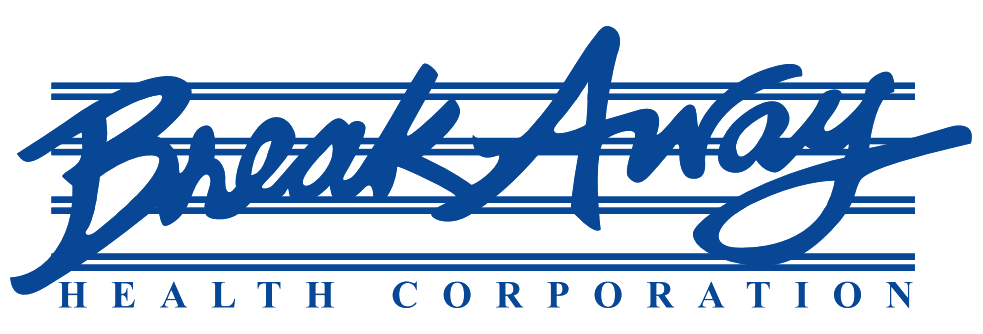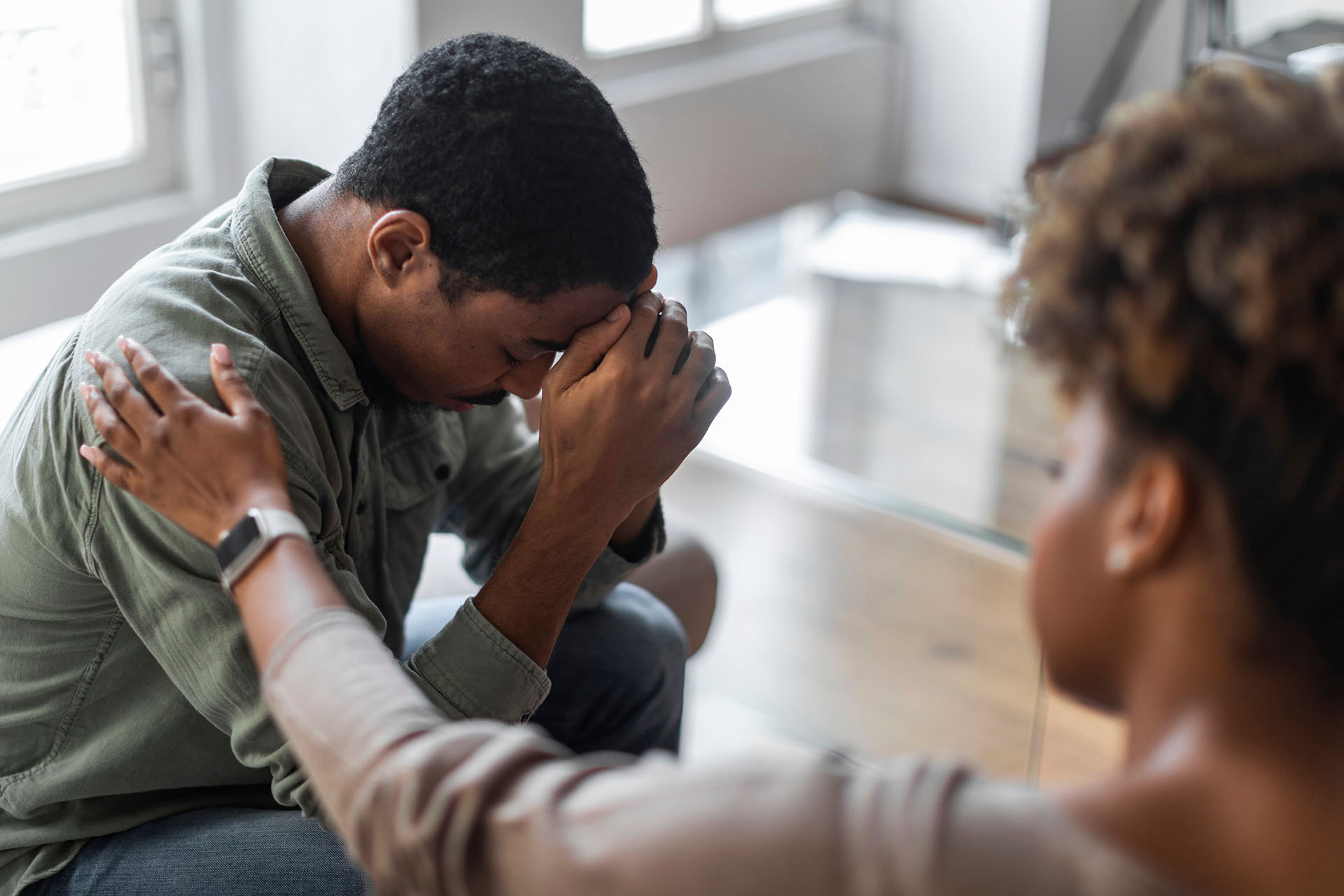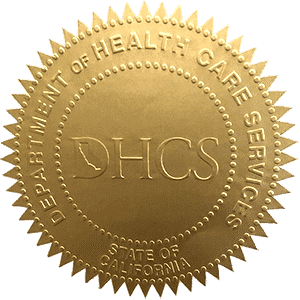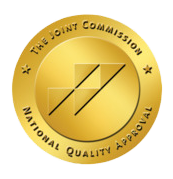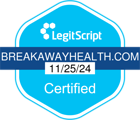Every year, thousands of people struggle with opioid addiction. Whether from prescription medications or street drugs, opioids can quickly take hold of both the body and mind, creating a strong sense of dependence. When someone decides to cut back or stop using, the body doesn’t take it lightly. This response is known as opioid withdrawal—and it can be overwhelming. The symptoms people face during withdrawal often reflect how long they’ve been using and what kind of opioid they’ve relied on. For many, it’s not that they don’t want to quit—it’s that the fear and pain of withdrawal make the idea of stopping feel impossible, even when all they want is to reclaim a sense of normalcy in their lives.
Informing others about these symptoms has the potential to combat stigma and encourage treatment. Despite seemingly formidable opioid withdrawal symptoms, help is available. Knowing what to expect like how long the symptoms will last, what to do with them, and when to seek advice from a doctor can give you or your loved one a better opportunity to recover. No one is forced to go through withdrawal alone when there are safe and effective methods of doing so. Breakaway Health in Costa Mesa, CA, helps individuals through all stages of recovery, including withdrawal.
What Are Opioid Withdrawal Symptoms?
Opioid withdrawal refers to the body’s physical response when it is no longer supplied with opioids following daily intake. Opioids activate the receptors in the brain and the spinal cord and alter the perception of the body concerning pain and pleasure. As time goes, the brain changes to become tolerant to the chemicals. When a cessation of opioids or a reduction is suddenly realized, the nervous system has problems coping. This interference triggers an influx of chemical imbalances in everything from mood and energy to digestion and cardiovascular stability. When the brain, unable to adjust to an artificial balance when it is withdrawn, begins several withdrawal symptoms that appear typically within hours, from slight discomfort to grave health concerns.
Common opioid withdrawal symptoms include:
- Muscle aches
- Restlessness
- Anxiety
- Runny nose and watery eyes
- Insomnia
- Excessive sweating
- Abdominal cramps
- Diarrhea
- Nausea and vomiting
- Elevated heart rate
- High blood pressure
- Chills and goosebumps
The severity of these symptoms can vary widely based on the person’s health, duration of use, dosage, and type of opioid used. Other contributing factors include whether the person has gone through withdrawal before and their mental state during the process. In some cases, dual diagnosis like anxiety or depression can make symptoms feel more intense and harder to manage.
How Long Does Opioid Withdrawal Last?
A question we often hear is: How long does opioid withdrawal last? The truth is, there’s no set timeline because it is different for everyone. Some people may begin to feel symptoms within hours, while others may not feel the full impact for another day or two. The timeline can depend on many things, like the type of opioid used, how long someone has been using, and whether they’re going through withdrawal with medical supervision. Each person’s experience depends on their physical health, mental state, and emotional well being.
Here’s a general timeline for opioid withdrawal duration:
Short-Acting Opioids (e.g., heroin, oxycodone):
- Start of symptoms: 6–12 hours after last dose
- Peak intensity: 1–3 days
- Symptom duration: Typically 5–10 days
Long-Acting Opioids (e.g., methadone, morphine, fentanyl):
- Start of symptoms: 24–48 hours after last dose
- Peak intensity: 3–5 days
- Symptom duration: Can last up to 3 weeks
At other times, people do develop so-called Post-Acute Withdrawal Syndrome (PAWS) when less intense symptoms of tiredness, irritability, and sleep disturbance last for several months. While not life-threatening immediately, PAWS can drive prolonged recovery out of reach while increasing risk for relapse unless addressed.
Can You Die from Opioid Withdrawal?
While opioid withdrawal is rarely fatal in itself, it does still pose severe health complications. Because liquids are lost very quickly with severe vomiting and diarrhea, dehydration can easily set in, causing dizziness and confusion and even kidney issues in some patients. Blood pressure and heart rate can become frighteningly high, especially in patients with cardiovascular conditions. Psychological manifestations such as agitation, panic attacks, and suicidal behavior can also escalate unchecked.
Some individuals are especially vulnerable during withdrawal, including:
- Those with preexisting medical conditions like heart disease, diabetes, or respiratory issues
- Individuals withdrawing from more than one substance, such as alcohol or benzodiazepines
- People with a history of mental health challenges, including depression or anxiety
- Pregnant individuals, as withdrawal can affect both the mother and unborn child
- Elderly individuals, who may have weakened immune systems or multiple health concerns
- Those with a history of seizures or neurological issues
- Individuals without a stable support system, making it harder to access help or stay safe during withdrawal
Because of these risks, professional medical supervision is not merely advantageous but rather life-saving. Medical supervision provides a safe atmosphere, monitors vital signs, and administers timely medical intervention whenever required.
What Helps With Opioid Withdrawal?
Managing withdrawal is about helping someone feel strong enough to move forward with real healing and lasting recovery. So, what helps with opioid withdrawal? Here are some options that make a meaningful difference:
Medical Detoxification
Supervised detox programs can help minimize the intensity of symptoms. Doctors may prescribe medications to help alleviate pain such as:
- Buprenorphine – Eases withdrawal and reduces cravings.
- Clonidine – Lowers blood pressure and reduces anxiety, sweating, and muscle aches.
- Loperamide – Treats diarrhea.
- Ondansetron – Controls nausea and vomiting.
- Methadone – Sometimes used in tapering to ease withdrawal from longer-acting opioids.
- Hydroxyzine – Helps relieve anxiety, nausea, and sleep problems.
- Acetaminophen or Ibuprofen – Reduces fever, body aches, and general discomfort.
- Gabapentin – Sometimes used to ease nerve pain and improve sleep during withdrawal.
Hydration and Nutrition
During withdrawal, the body goes through a lot and it’s easy to forget the basics like staying hydrated or eating regularly. But these simple steps can make a big difference. Dehydration is common due to excessive sweating, vomiting, and diarrhea, so sipping water regularly is essential.
Even when someone doesn’t feel like eating, offering small portions of nutrient-rich foods can give the body what it needs to begin restoring strength. A banana, some broth, or even electrolyte drinks can go a long way in helping the body recover and feel more stable.
Rest and Supportive Environment
Creating a quiet, safe space can make a world of difference for someone going through withdrawal. It’s more than just having a peaceful room, it’s about providing warmth, reassurance, and emotional presence. A familiar blanket, a kind letter, or even just sitting nearby in silence can help ease the feelings of fear and panic that often arise during treatment. When someone feels truly supported and cared for, it can bring down stress levels, ease anxiety, and reduce agitation. Support reminds them they’re not alone, and that recovery is possible even in the hardest moments.
Therapy
Therapy during and after withdrawal helps people untangle deeper emotional pain and patterns that are often the root cause of addiction. It gives individuals a safe space to talk about what they’ve been through, what they’re feeling, and what they fear most about the future. Whether it’s one-on-one sessions with a therapist, sharing openly in a group, or rebuilding trust through family therapy, each setting offers something meaningful. These therapeutic spaces help people feel seen, heard, and supported, which can be incredibly powerful in staying grounded through recovery. This kind of support doesn’t just help in the moment but it also strengthens a person’s ability to stay on track for the long haul.
The Severity and Dangers of Drug Withdrawal
Opioid withdrawal is physically taxing and emotionally exhausting. Symptoms and their severity are widely varied based on the length of time and amount used. For example, a person who is used to consuming large quantities of fentanyl daily may experience more intense symptoms than a person who uses hydrocodone occasionally.
Drug withdrawal isn’t just solely centered around pain; there are also very serious consequences that come along with withdrawals such as:
- Severe dehydration
- Heart complications
- Suicidal thoughts
- Intense anxiety or panic attacks
- Insomnia leading to extreme fatigue
- Uncontrollable shaking or tremors
- Dangerous spikes in blood pressure
- Loss of appetite and rapid weight loss
- Overdose
- Relapse
Relapse is especially dangerous. By the time withdrawal has happened, the body no longer has tolerance. If someone relapses and takes their usual dose, it can lead to fatal overdose. That’s why professional help is often essential throughout the withdrawal process.
The Severity and Dangers of Drug Withdrawal
Short-Acting Opioids (e.g., heroin, oxycodone):
Opioid withdrawal symptoms can feel like a mountain too high to climb. But with the right care and support, recovery is not only possible but it’s closer than you think. Whether you have questions about opioid withdrawals or are looking for treatment, Breakaway Health is ready to provide guidance.
You deserve support every step of the way. If you or someone you care about is facing withdrawal or addiction, call Breakaway Health Today! Our team is here to help you take back control.
FAQs About Opioid Withdrawal
1. What are opioid withdrawal symptoms like?
They can include sweating, restlessness, nausea, cramps, diarrhea, chills, and anxiety. The intensity varies from mild to severe.
2. How long does opioid withdrawal last?
Withdrawal duration depends on the opioid used. It can last from a few days to a few weeks.
3. What helps with opioid withdrawal?
Medical detox, hydration, emotional support, and prescribed medications like buprenorphine can ease the symptoms and reduce risks.
4. Can you die from opioid withdrawal?
While it’s uncommon, complications like dehydration or mental health crises can become life-threatening without proper support.
5. Is opioid withdrawal dangerous without help?
Yes, attempting withdrawal alone increases the risk of complications and relapse. Professional care makes the process safer.
